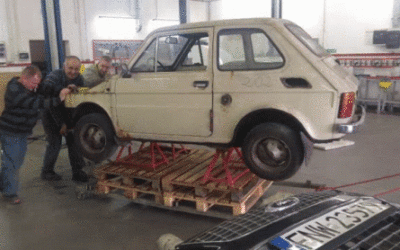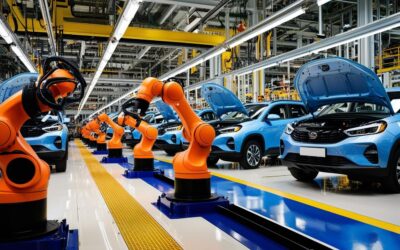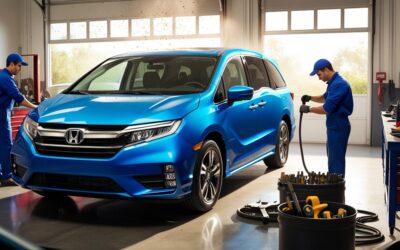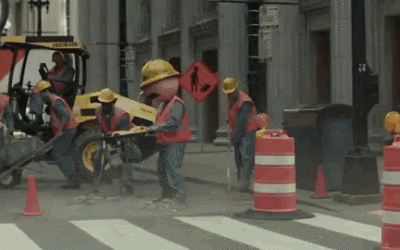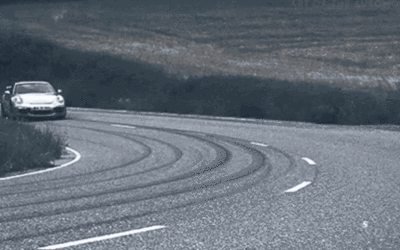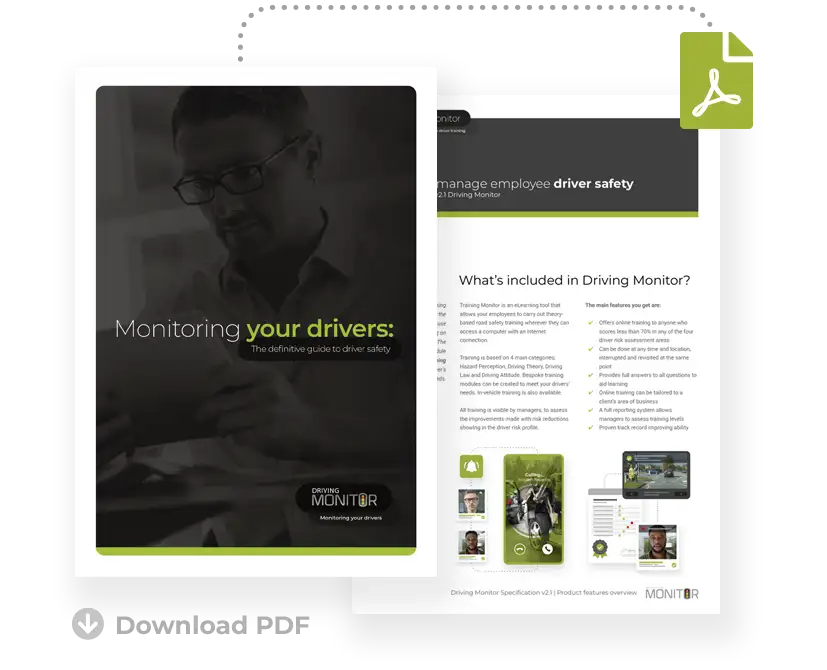Autonomous Vehicles – What Happens When Things Go Wrong?
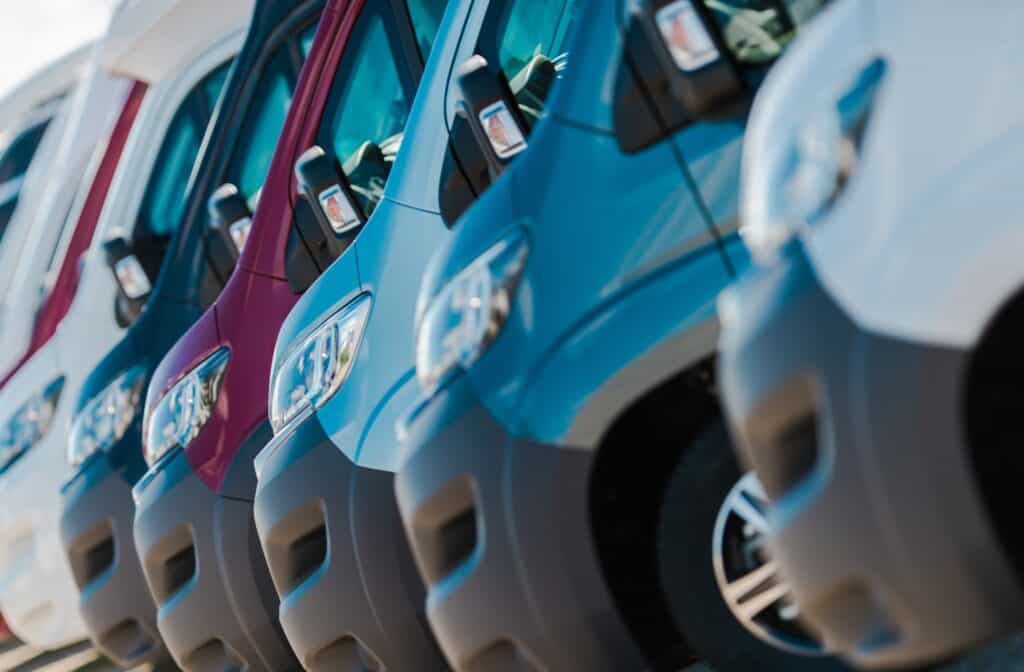
Autonomous Vehicles (AVs) are a hot topic for fleets, with research underway into platooning and self-driving vehicles.
But progress has inevitably been slower than expected due to the semiconductor shortage and the issues around the pandemic in the last two years.
Where Are We At With AVs?
Regulators have been given the task of creating policy and frameworks for the AV industry and given how quickly the technology has advanced in recent years, things have been progressing quickly.
There have been widely publicised difficulties with the business to consumer applications of autonomous vehicles, and attention has turned to delivery vehicles and automated trucks.
Research is currently being conducted into what the real-world benefits are of platooning, as well as considering whether the adoption of platooning among fleet operators could provide other benefits.
Platooning involves trucks forming an identically spaced-out convoy which is organised in such a way that means that HGVs can drive closer together over long distances.
The benefits of a system in which HGVs can travel on motorways with predetermined gaps between them will use autonomous technology, which opens the door to enhanced safety features.
In fact, figures released by the European Automobile Manufacturers project that platooning could reduce the CO2 emissions of trailing vehicles by as much as 16%, while lead convoy vehicles could see a reduction of 8%.
Who Is Responsible For AV Safety?
Concerns have been raised around who is responsible when an incident occurs involving an AV.
The legal ramifications of self-driving cars have been an issue that legal experts have been exploring over the last couple of years, and they’ve made a conclusion…
The report suggests that the legal responsibility for incidents caused by self-driving vehicles should sit with the company or body that authorised the use of self-driving features.
That means that if a person is sitting in the driver’s seat when an incident occurs, they are NOT legally responsible.
This represents an issue for the adoption of self-driving vehicles in the commercial fleet sector as there’s legal ramifications that may require additional insurance and policies to be set before they come into use.
When it comes to platooning, the combination of automation technology and a behind-the-wheel driver represents a significant change to the current system.
Logistics technological research is a long way from trials on remote operation, but intelligent solutions are much closer…
It’s been more than a decade since the Safe Road Trains for The Environment project delved into the feasibility of road trains, or platoons as they’re more commonly known.
The main obstacle to its introduction, similarly to remote-controlled vehicles, is public distrust and fears over safety – as well as the concerns over fleet owners’ responsibility for when things go wrong with autonomous vehicles.
What do you think of the future of autonomous vehicles? Would you consider adopting autonomous technology in the future for your fleet? Let us know in the comments below.

